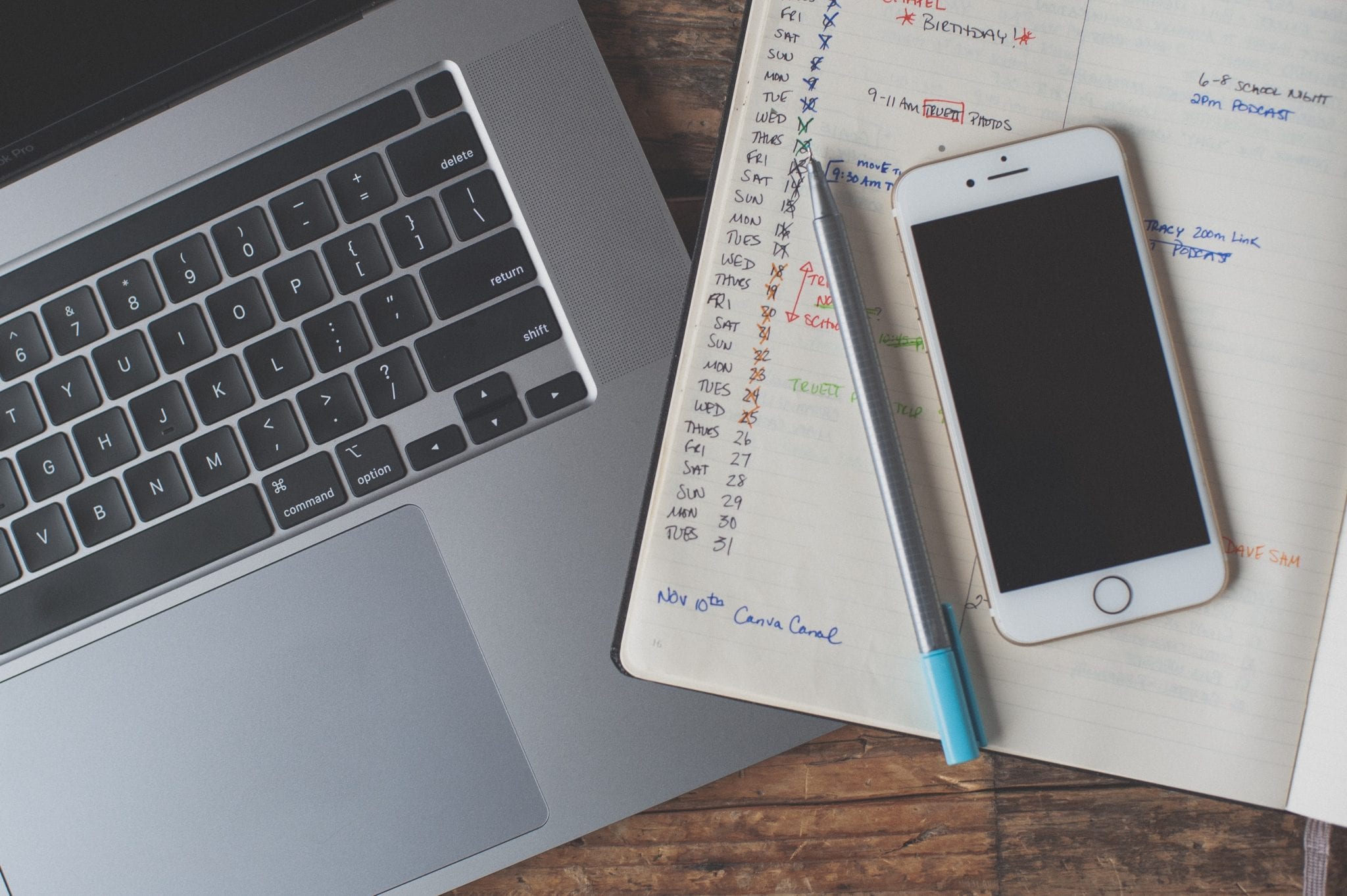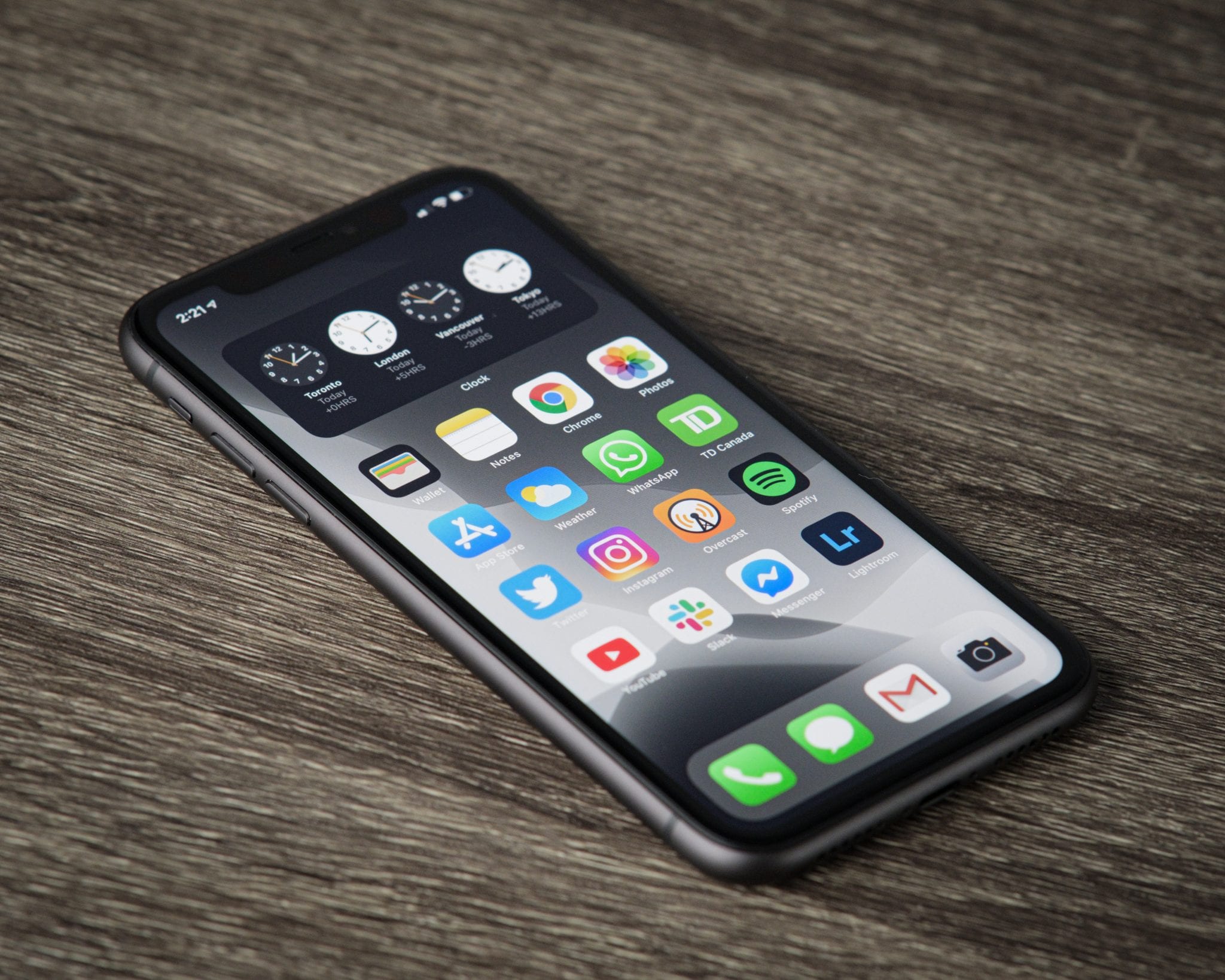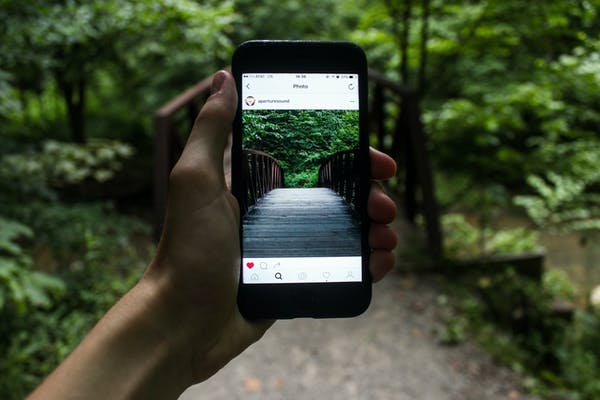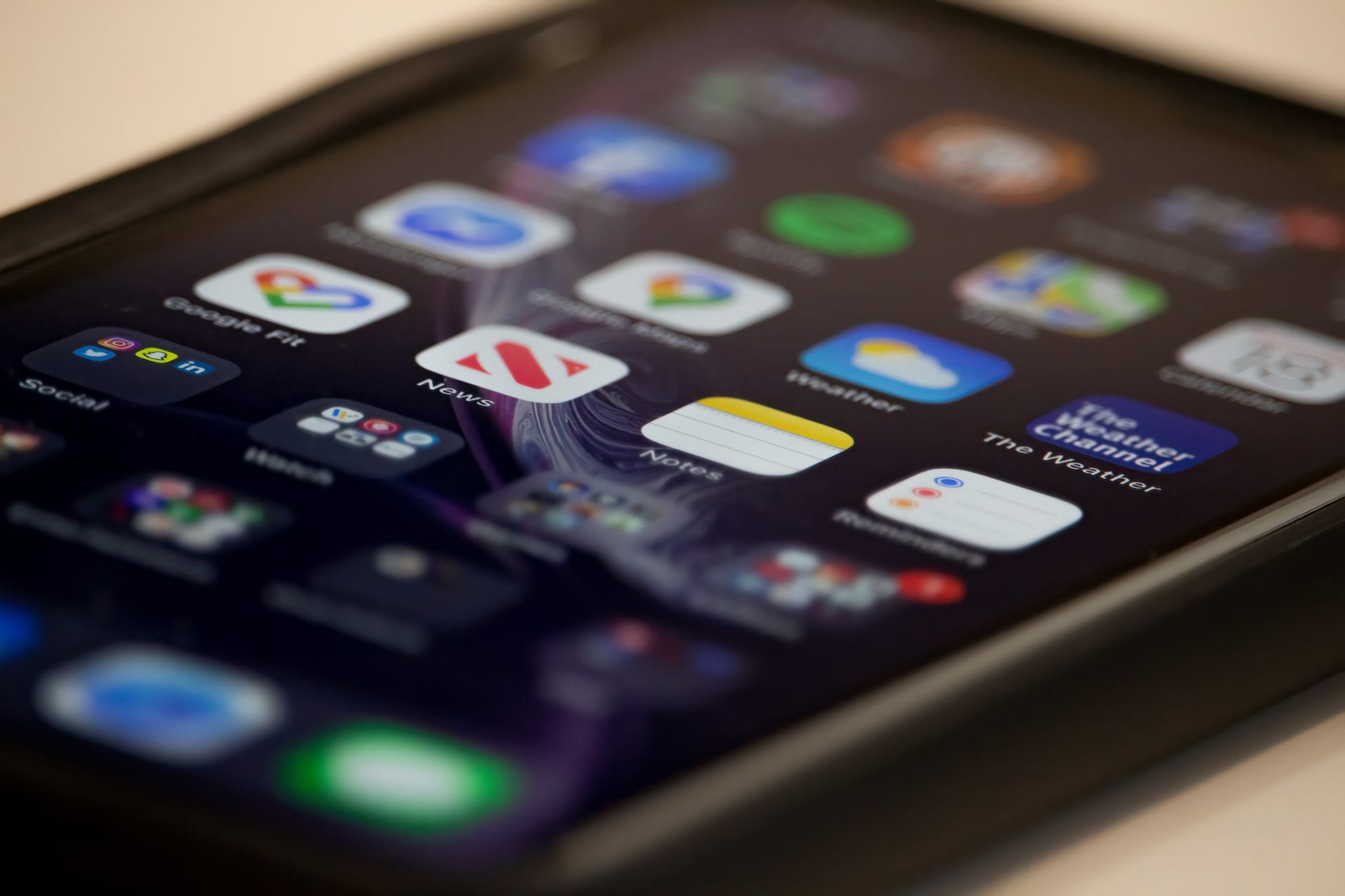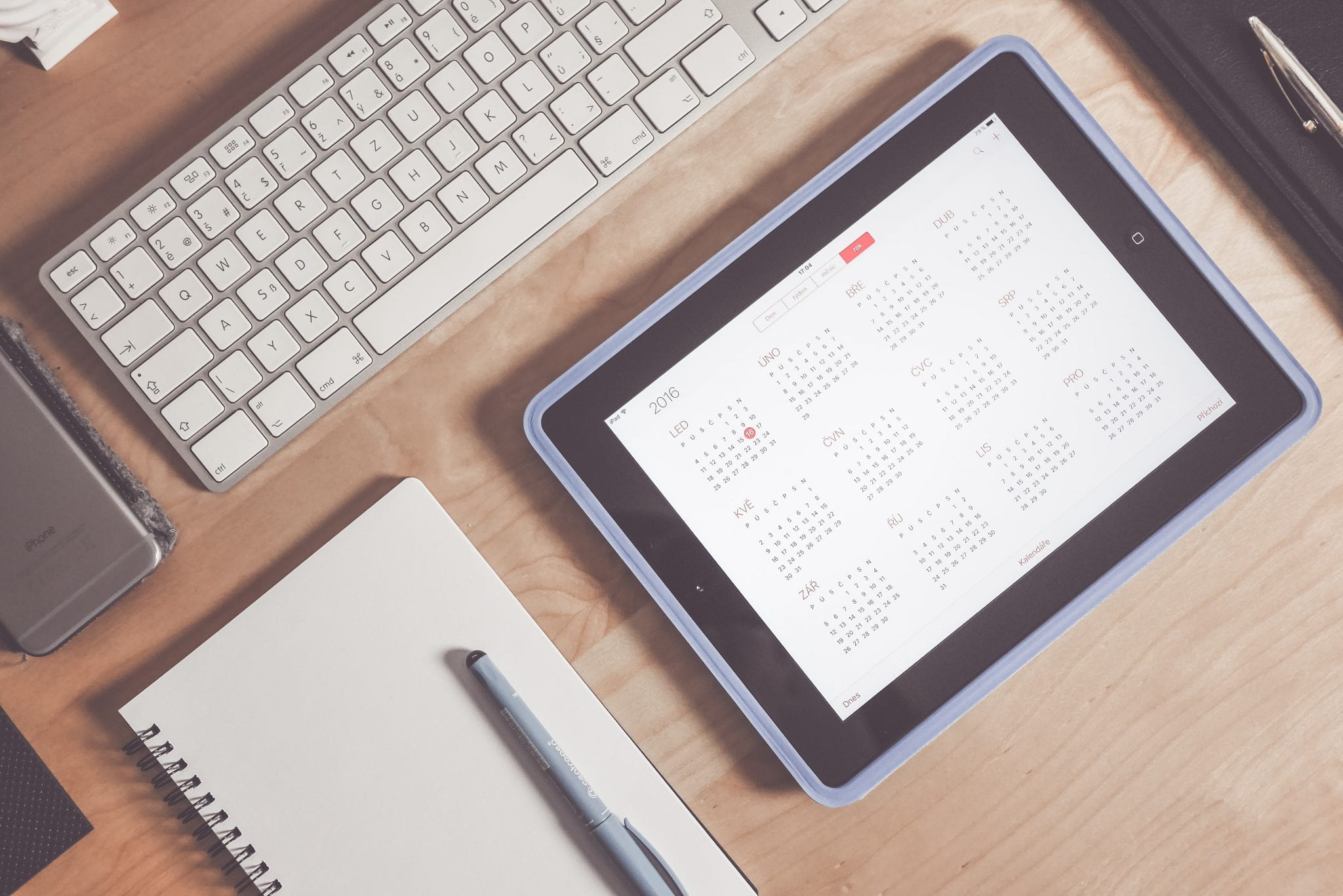
I’m dragging today because I woke up at 3 a.m. and couldn’t fall back asleep because my mind was racing.
At some point, this happens to all of us. You may be thinking about an upcoming deadline, vacation, or just how much the world has changed. Obviously, not all of these are bad thoughts. But, they can prevent you from getting a good night’s rest to being productive — it’s impossible to focus when your mind is preoccupied with something else.
The answer? You need to organize your thoughts. In addition to improving your sleep and output, you’ll also become more positive, able to absorb information better, and finally, achieve your goals.
But, how exactly can you stop thinking too much and bring order to your thoughts? Well, here are 7 strategies that you can try today.
1. Choose your preferred thought-collecting method.
The first step in organizing your thoughts is figuring out how you want to get them out of your head. If you don’t do this, they’re just going to occupy valuable real estate in your mind. And, even worse, they’re just going to and you until addressed.
The method that you rely on is totally your decision. But, as a general rule of thumb, here are some pointers:
- Anything that requires action, like scheduling a meeting or picking-up items at the store, could be placed on a list, calendar, or both. After all, we love lists since they bring order to chaos, relieve stress, help the mind focus, and prevent us from procrastinating.
- Ideas, thoughts, or wishes can be placed on a sticky note, whiteboard, or organizational app like Evernote.
- Numbers and contacts need to be added to your address book or phone.
- Household responsibilities can be placed on your to-do-list, Evernote, or shared family calendar or apps like Cozi or OurHome.
Ways to organize your thoughts.
Rashelle Isip, aka the Order Expert, goes even more in-depth on how to organize your thoughts. Here are some of her excellent suggestions:
- Practical ways for “those times when you need to take stock of the thoughts in your mind,” she writes. “Simply transfer thoughts from your mind onto sticky notes, index cards, or a piece of paper, and you’ll be able to analyze, evaluate, and manipulate your thoughts and ideas as needed.” Other suggestions are drawing a mind map or making a pie chart.
- Unleash your creative side, and shake things up, by composing a handwritten letter or making a collage. Isip also says that you could create a table of contents, develop a timeline, or voice record yourself. Or, you could just take a shower.
- “You may not have realized it yet, but you can ‘organize’ your thoughts through a variety of less active methods,” she adds. Examples include working on repetitive tasks, meditating, or sleeping on them.
- Physical activities that “force you to step out of your mind and express your thoughts through body movement and interactions with others.” Spending time outside and exercise are obvious. But, you could also vent to a friend or family member or become a storyteller.
Personally, when I need to sort things out, or just slow down my racing mind, I take my dog for a long walk. Of course, being outside is awesome. But, I engage in a little self-talk to work things out in my mind.
Regardless of what method you use, just know that you need some sort of system to gather and catalog your thoughts.
2. Add thought-collecting to your daily routine.
Sometimes, you just need to get a thought out of your head as soon as it pops up. For example, while writing this article, I randomly remembered to add pears to my shopping list. I made a note of that and immediately got back to the task at hand.
Other times, you need to strike when the iron is hot. Let’s say you met a contact at a networking event. You should scan their business card or add their contact right there on the spot. And, definitely add a calendar reminder to follow up with them in the very near future.
In most cases, however, you want to be consistent with organizing your thoughts. For me, that means making this a habitual process.
During your morning and/or evening routine, spend 5 or 10 minutes dumping everything out of your head via your preferred method. You don’t have to be overly detailed here. The jest is that you need to free these thoughts and decide what to do next with them.
For instance, you reserve Friday afternoon to plan for next week. You list everything you want to get done. However, you notice that most of your list aren’t priorities meaning you can outsource or eliminate them.
3. Chunk it down.
Have you ever wondered why Social Security numbers are in chunks, such as 123-45-6789? How about why there are hyphens in phone numbers? According to Mike Byster, Founder of Brainetics, LLC, “it’s much easier to remember information when it’s grouped into smaller chunks.”
“I find that my brain prefers to remember things in groups of five, but maybe groups of four or eight will be your magic number, he states.
“Groupings allow you to organize information and sometimes apply other memory strategies, such as keywords, or a code you totally make up using your imagination,” clarifies Byster. What’s more, “this method can be used for a wide variety of tasks,” ranging “from recalling lists of items to remembering basic concepts.”
“In a studying environment, if you’re trying to figure out how to commit to memory a long batch of notes, see if you can break down your detailed notes into chunks of five main concepts,” he suggests. You may find that this can “help you mentally organize all the material and recall the important facts.”
4. Make your ideas work together.
In addition to chunking, you can also sort your ideas by categories. Why? It’s a quick and easy way for you to notice a common theme or how they’re related.
You can even come up with subcategories. “For example, if you’re a fiction writer, you could group some of your ideas under ‘Stories’ and the form you think the story should be told,” writes Lifehacker Founder and CEO Leon Ho. “A drama script, a novel, or short story, etc. Then with separate subgroups for genre such as historical fiction or sci-fi.”
Ho also recommends that you “kill your darlings.”
“‘Kill your darlings’ is important advice for writers,” he adds. “It means that you have to get rid of your most ‘precious’ ideas and words.”
“Not all ideas are equal,” he continues. “In your notes, there could be a truly brilliant original idea, but the chances of them all being like this are unfortunately slim. There is no point wasting your time on an idea that will never work.”
“Sometimes, it can be difficult to tell which of your ideas are great and which are not,” adds Ho. “Trusting your gut can be a good way; talking to people about your ideas and seeing how they react can also be a good idea.”
Just remember to be honest and not let emotions cloud your decision. If that’s a challenge, ask for feedback from someone you trust.
“Once you’ve trimmed your ideas down to the very best, you can work on making them a reality.”
5. Reframe anxious thoughts.
As I’ve gotten older, I’ve become more anxious. And, thanks to COVID-19, my anxiety is now through the roof. And, that’s a problem since anxious thoughts can be hard to shake — even if you’ve written them down, gone for a walk, or tried to categorize them.
Even worse? They can be paralyzing. And, they will certainly warp your view of reality.
How can you deal with these types of thoughts? Reframe them so that you can change your perspective and remove what’s not true.
To get started, here are some therapist approved tips courtesy of SELF:
- Fact check yourself by making factual statements as opposed to emotional ones.
- Switch from asking “Is this true?” to “Is this helpful?”
- When engaged in negative self-talk, think about what you would say to a friend if they had the same thoughts.
- Focus on being realistic and not just positive.
- Swap “finding the bright side” with “finding meaning.”
- Turn a thought into action.
- Experiment with various techniques until you find what works best for you.
- If reframing isn’t working, try something else, such as breathing exercises.
6. Take breaks and set shifts.
“Our brains and bodies simply aren’t wired for prolonged periods of work,” notes author and cofounder of TalentSmart Dr. Travis Bradberry. “While it might seem as though sitting at your desk for eight hours straight is the best way to get all of your work done, this can work against you.”
“Research has shown that the most productive work cycle tends to be fifty-two minutes of uninterrupted work, followed by seventeen-minute breaks,” he adds. “While it probably isn’t realistic to structure your schedule this rigidly, for most people, the battle is won by just remembering to take breaks.” I’d add that creating calendar reminders or using the Pomodoro Technique can encourage you to take frequent breaks throughout the day.
If that is too regimental for you, I’d say that you take breaks whenever it’s convenient for you. For example, if you’re trying to focus on your work, and your mind is racing, it might be better to stop what you’re doing and go for a walk to clear your head.
“Once you’ve taken a break, you must shift your focus back to your task,” advises Dr. Bradberry. “No matter how ‘in the zone’ you were before taking a break, you’ll sometimes find that you’re back to square one when it comes to focus.”
How can you do a proper set shift? “You have to reorganize your thoughts by:
- Making sure that the task at hand isn’t too challenging or easy.
- Controlling and managing your emotions.
- Sustaining your focus by removing distractions.
“You’ll find that getting back into flow quickly after a break is very doable, he says. “But it must be done purposefully.”
7. Master the art of letting go.
Anger, frustration, and worry are all natural emotions. But, they’re not healthy or necessary. Furthermore, they consume your valuable time and energy.
If you can, let these feelings go. I know, easier said than done. But, it’s possible by trying tactics like:
- Accepting what’s true and being thankful.
- Focusing on what you can control.
- Living in the moment through mantras and meditation.
- Admitting that perfection doesn’t exist.
- Finding creative outlets, like drawing or writing.
- Being authentic by embracing vulnerability.
- Seeking moments of solitude and silence to reflect and develop a plan.
What’s next?
After getting your thoughts out of your head and organizing them, you can pursue those that have value. As for the rest? You can toss them aside like yesterday’s trash.

